Pathologies of the lacrimal system

specialists

equipment

treatment

- fluorescein tests
- probing and washing the lacrimal ducts
- contrast dacryocystorhinostomy
General information about the treatment of pathologies of the lacrimal drainage system
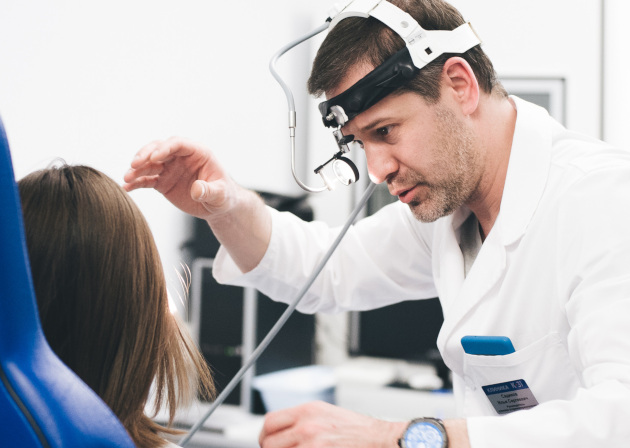
How is an appointment with an otolaryngologist at K+31?
Our doctors

This award is given to clinics with the highest ratings according to user ratings, a large number of requests from this site, and in the absence of critical violations.

This award is given to clinics with the highest ratings according to user ratings. It means that the place is known, loved, and definitely worth visiting.

The ProDoctors portal collected 500 thousand reviews, compiled a rating of doctors based on them and awarded the best. We are proud that our doctors are among those awarded.
Make an appointment at a convenient time on the nearest date
Price
Other diseases

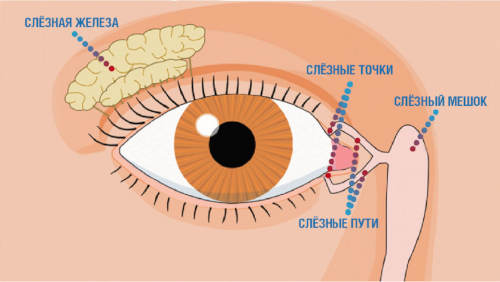
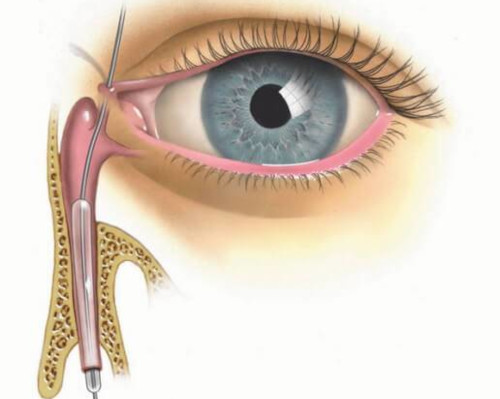
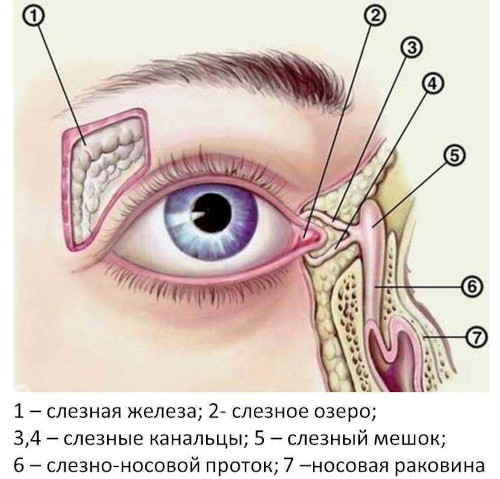
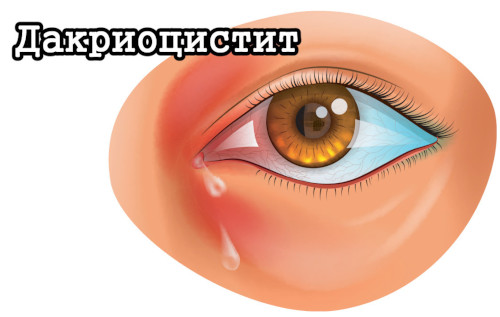
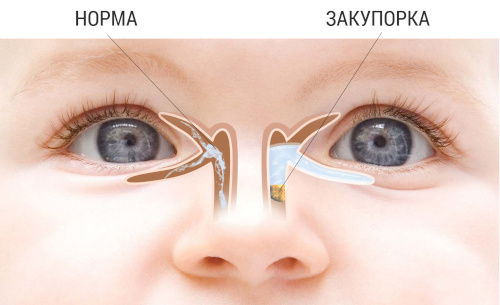

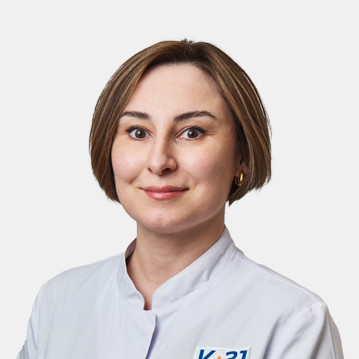
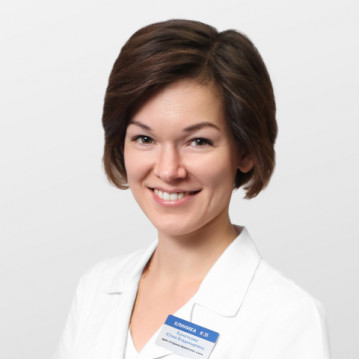

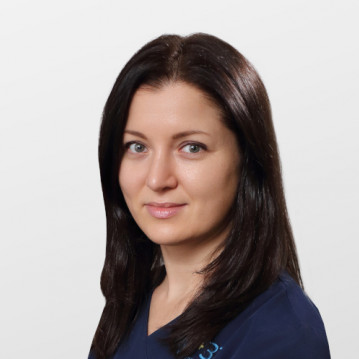
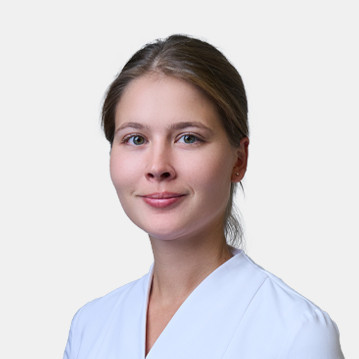
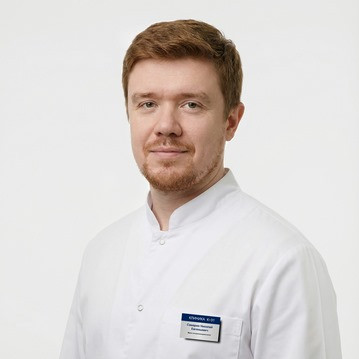
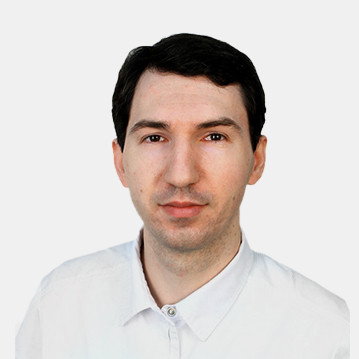
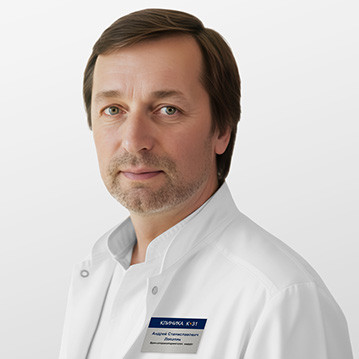
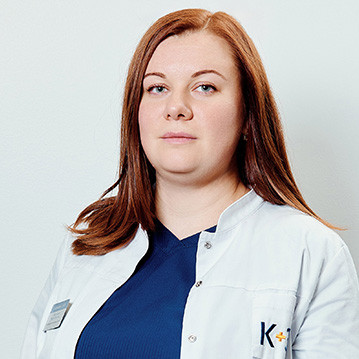
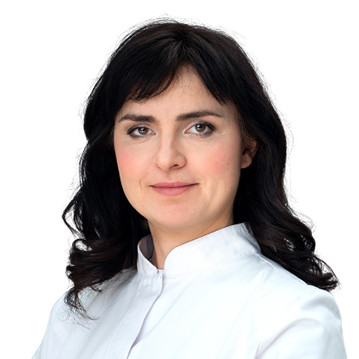
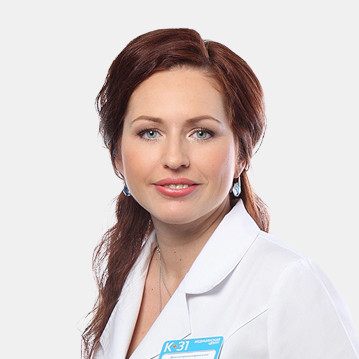
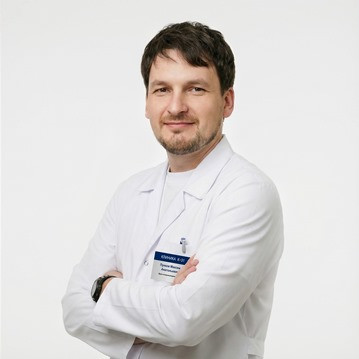
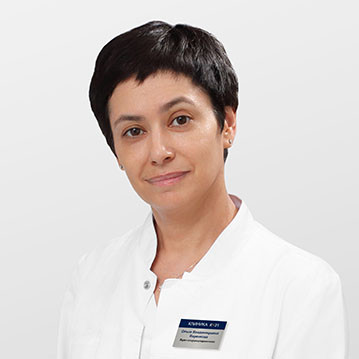
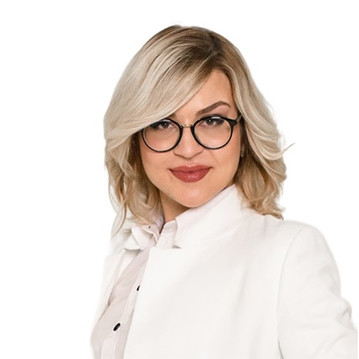
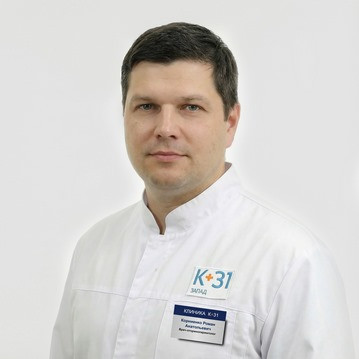
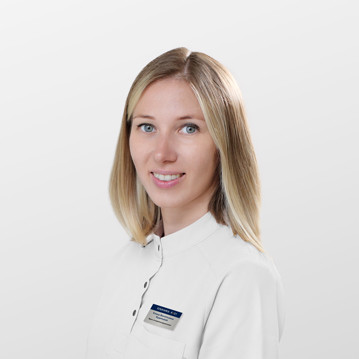
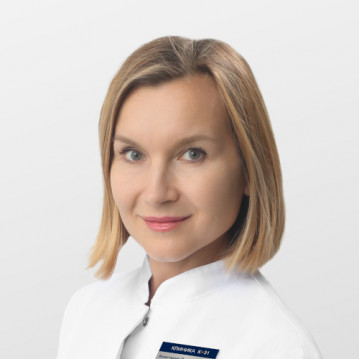
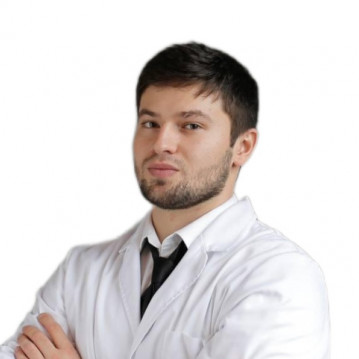

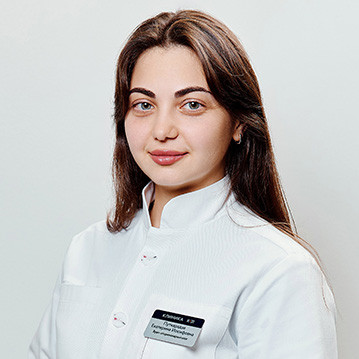
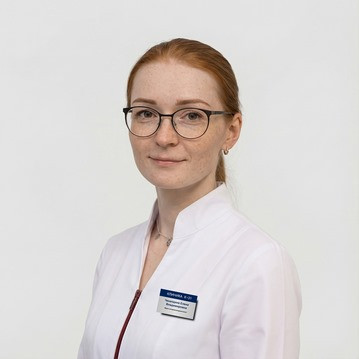
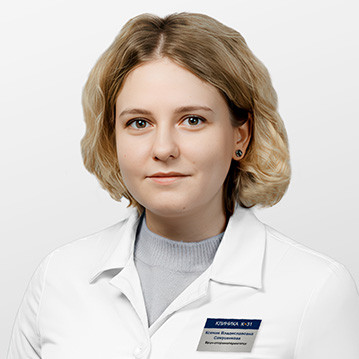
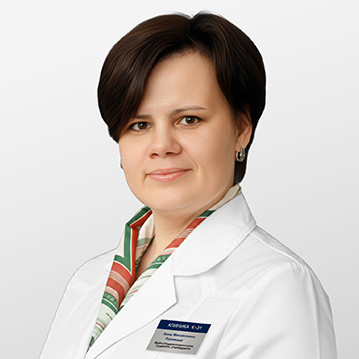

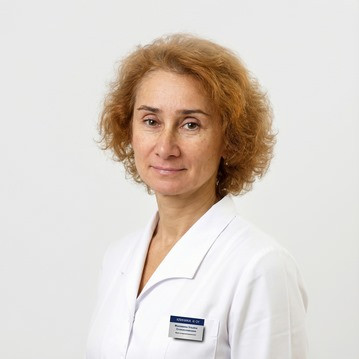







About the disease
The lacrimal ducts begin with the excretory ducts of the lacrimal gland and the glands of the conjunctiva. The tear fluid secreted by the lacrimal glands washes the anterior part of the eyeball, then flows along the lacrimal stream located along the inner edge of the eyelids to the inner corner of the eye, where the lacrimal puncta are located on the inner parts of the edges of the eyelids. Further, through the upper and lower lacrimal canaliculi, it penetrates the lacrimal sac and ends its path in the nasal cavity, where the nasolacrimal duct opens under the inferior nasal concha.
Impaired patency of the lacrimal ducts leads to impaired tear drainage and the occurrence of lacrimation, which can increase under the influence of cold and windy weather and decrease in a warm, dry room.
The causes of impaired lacrimal drainage may be: